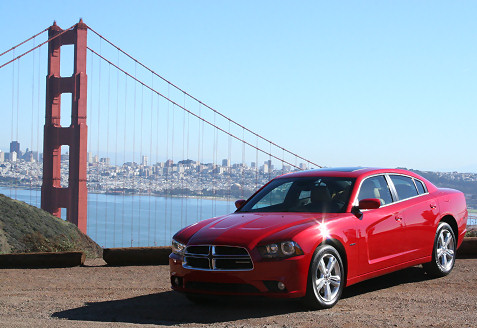Over the last decade, craft beer culture has exploded. There are now more than 1600 breweries operating in the US alone, a number that continues to grow year after year. Beer 101 is a guide to understanding the history of brewing, beer culture, and (my favorite part) the enjoyment of good beer.
Part 1 – History of Beer
As my first post in what will become a five part series about the science and art of beer, it seems appropriate to start with a little history. To consider yourself a scholar of any art, you have to know its roots and, with a history that spans several millenia and nearly every continent on the globe, there’s plenty to know about beer. I don’t pretend to know it all, but I can give you what I consider a ‘bartender’s history,’ basically enough that you should be able to chat up any local beer geek or the guy behind the bar at your favorite brewpub.
Though the numbers vary, most people agree that beer was first brewed sometime between 8,000 and 12,000 years ago. That’s a huge window, but there really isn’t a way to know exactly how long ago man first put yeast to malt and invited a few friends over to dream up the wheel. It suffices to say that beer is old and widespread and comes in all sorts of forms thanks to the cultures that brewed it and the different ways people have enjoyed it over the years.
As we know it today, beer is brewed with four main ingredients: water, yeast, hops, and some sort of grain. That formula holds true just about as far back as we can look, though hops are a fairly recent addition. Hops serve as a bittering agent in beer and so can be substituted with all sorts of crazy herbs. Ever heard of Bog Myrtle? The point is, beer is shaped by culture and geography and always has been. The grains used in beers around the world used to be directly related to what the landscape could sustain. Without modern agrarian technology, people couldn’t just grow barley where they pleased, despite its hardy disposition. Oats and rye thrive up North, while hops remain among the more fickle plants used to brew. If you traveled the world around 500 CE, you’d be hard pressed to find two beers that tasted even remotely alike.
Enough of this wishy-washy fablery, though. Let’s get down to specifics. Some time in the years 800-900 CE the world saw the first use of hops as a bittering agent, though it wouldn’t become widespread until the year 1500. That’s also about the time we started to see serious legislative efforts (Hammurabi’s Code aside) aimed at improving the quality of the world’s favorite libation. In 1516, Wilhelm IV and his Bavarian pals enacted the now infamous Reinheitsgebot, the standard of purity for all beer.
Fast forward a couple hundred years and the industrial revolution gives way to standardized brewing practices, giving brewers the ability to mass produce a consistent product. At the same time, 1842 to be precise, Czech brewers find a way to filter the pale lager they’d been brewing in the town of Pilsen (Plze). Thus, the Pilsner was born and would start making its way around the world. Across the pond, American breweries were sprouting up everywhere.
The boom peaked in 1873 with 4,131 breweries operating in the US. Most were short-lived. Thanks to refrigeration technology in railcars, regional brewers were able to expand rapidly, pushing their way onto the national scene. American drinkers flocked to the big name brands and their big, consistent products. By 1919, the year Prohibition began, there were just over 1500 breweries left. When the law was repealed in 1933 fewer than half that number would reopen their doors, and many of those that did failed shortly after. The American brewing scene grew ever dimmer. World War I suppressed German culture in the states to the point that many German-style beers disappeared. The invention of the beer can in 1934 gave big brewers a firmer grip on the American public and by 1980 there were fewer than 100 operating breweries in the United States.
A young enthusiast named Fritz Maytag had seen his local brewery, Anchor Brewing, struggle to make ends meet. He had purchased a majority of the company in 1965, but it still struggled. He became the sole owner in 1969 and two years later, started bottling Anchor Steam. Over the next three years, Maytag would lead Anchor to produce four additional varieties of beer, including its annual Christmas Ale. No one was calling it ‘micro-brewing’ but it was clear, at least in San Francisco, that a brewing revolution was on its way.
The 80’s and 90’s brought about a new boom in brewery openings. A lot of businessmen saw potential in the industry, opening new brewhouses and quickly thereafter closing them, leaving behind a glut of equipment and space for the enthusiasts that would start some of the craft breweries we know and love today. In 2009, the number of operating American breweries was the highest it had been in 100 years, as high as it had been just before Prohibition.
Check back next week for part two in our series on beer, Beer 101: A Crash Course in Zythology, when I’ll cover the brewing process as we know it today. In the meantime, be sure to check out our ‘iLoveBeer: Zythology App Tailgating Giveaway‘ for a chance to win tailgating gear like a new grill, an iPod speaker system, or party-to-go cooler.
You can follow us on Twitter and Facebook for content updates. Also, sign up for our email list for weekly updates and check us out on Google+ as well.
Posted in: Beer, Food & Drink
Tags: anchor steam, Beer, beer 101, beer history, brewing, craft beer, craft beers, craft brewing, history of beer, history of brewing, micro beer, micro brewing, microbrews

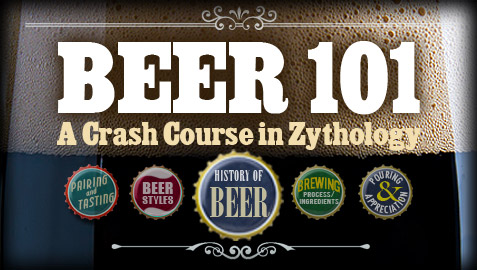
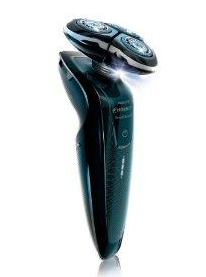
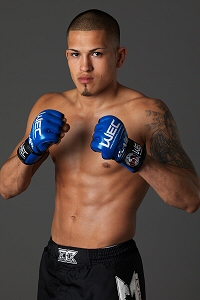 Bullz-Eye: Well, Anthony, the fight is getting closer, how do you feel your training is going as you are winding down your camp?
Bullz-Eye: Well, Anthony, the fight is getting closer, how do you feel your training is going as you are winding down your camp?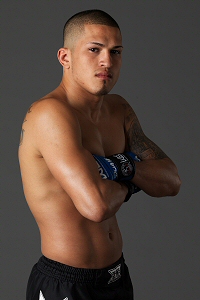 AP: I am going to love every moment. I am loving it now. This is what I have wanted to do with my life and this is all I have wanted to do. I am going to enjoy every moment and this is the last event ever in the WEC and I am going to be part of that. It will be great.
AP: I am going to love every moment. I am loving it now. This is what I have wanted to do with my life and this is all I have wanted to do. I am going to enjoy every moment and this is the last event ever in the WEC and I am going to be part of that. It will be great.


